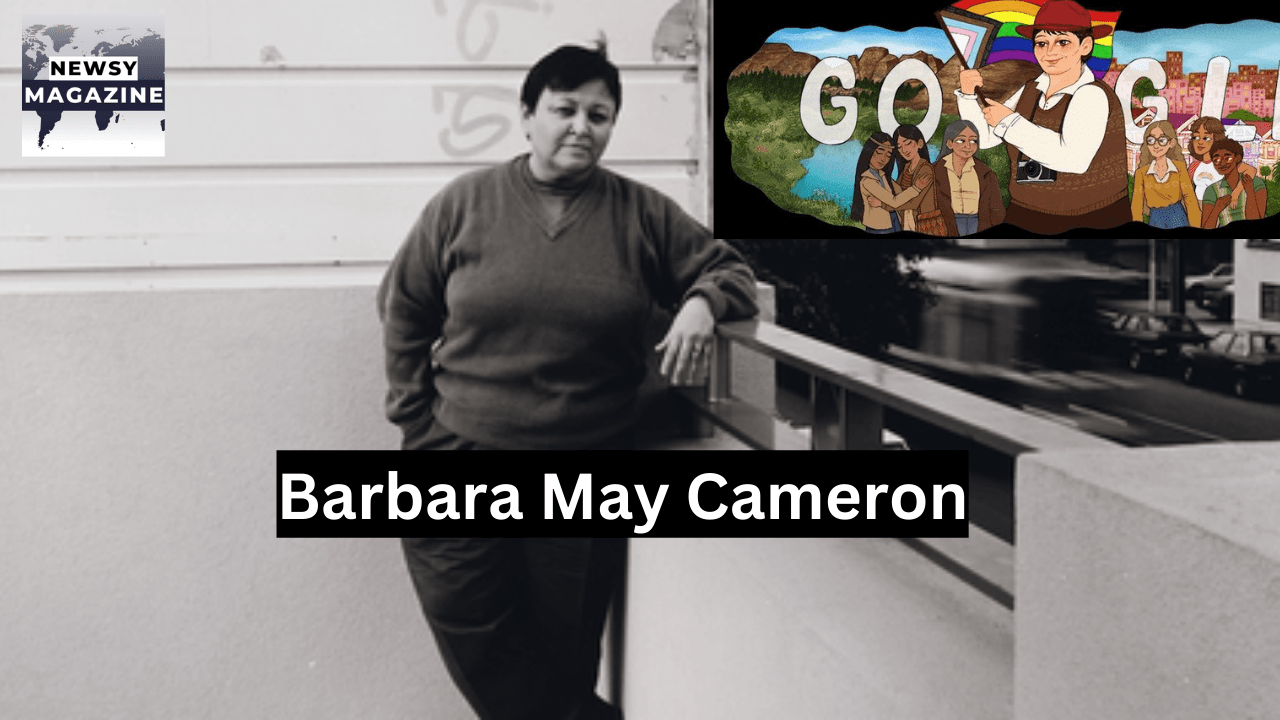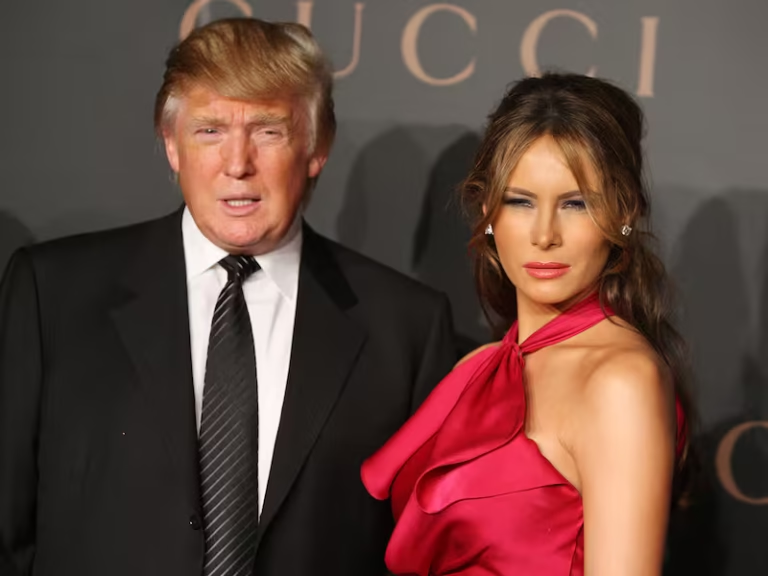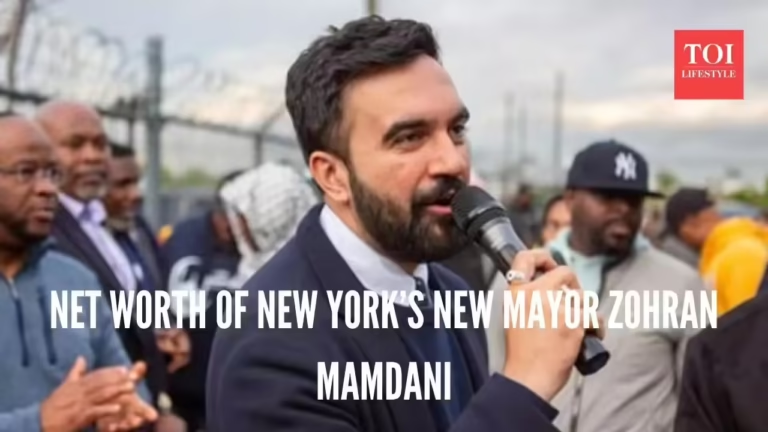
Think about being raised on the Native American reservation which is far from any large city and being true to Indigenous culture and traditions suddenly becoming a leader for Indigenous people and the queer community in the target urban environment. This then was the amazing story of Barbara May Cameron, a Hunkpapa Lakota activist who defied the odds to make a stand in the United States of America. Sheose is a story of commitment to purpose, a staunch activist for justice and society, and a perfect example of how a human can make the impossible possible by perceiving the divider as a connector.
Biologically, Barbara May Cameron was a woman born in the United States, but in terms of spirit and purpose, she led a life of activism and creativity. Before co-founding Gay American Indians, the first organization for Native American Two-Spirits, before/keystruggling for the Civil Rights Commission for SF, and before being part of the United Nations for Commission of Status of Women, Cameron contributed much more. Her illnesses involved risky features including AIDS awareness, combat against domestic violence, and discriminative aspects with stipulation to minority populations.
Taking the lessons learned from Cameron’s experience to this modern generation of activists, let us be reminded that the issues as she fought for intersectionality and everyone’s liberation are still needed today.
Early Life and Education
Barbara May Cameron who was born on May 22, 1954, bore a culturally familiar environment on the Standing Rock Sioux Reservation. Her values and identity owe a lot to one segment of the Native American community known as the Hunkpapa Lakota; one of the seven council fires of the Lakota. Having lived in a conventional Native American environment, Cameron was imbued with the fundamental values of the tribal collective. From this basis of passion, she was able to develop a strong foundation for her activism and advocacy.
Cameron graduated from high school and then attended the Institute of American Indian Arts in Santa Fe, New Mexico for arts focusing on art and storytelling. Here, she took photography and film so that she could use the two to convey the view and capture situations she faced. Her education at the Institute also took her skills and sense of artwork and awareness of the new possibilities of artwork, particularly social issues.
Advocacy and Activism
During his early adulthood years, Cameron relocated to San Francisco in part during the early 1970s, which was a very dynamic period characterized by a lot of changes, especially in the political and social arenas. Draped in ILGA livery and bearing the moniker of ‘the rainbow city,’ the city ensured that the seeds of her activism sprouted without obstruction. It was in San Francisco that Cameron co-founded one of the first organizations of the country Gay American Indians (GAI) in 1975 together with Randy Burns. GAI was also the foremost Indigenous queer organization, established to address the special exigencies of Native Americans struggling for their sexual minority rights within communities and the LGBTQ+ liberation struggle.
GAI was instrumental in fighting for the rights and inclusion of native producers, and Native American LGBTQ+ individuals. It offered the gay identity the support and advocacy they needed in a world where they face challenges such as discrimination, cultural exclusion, and identity crises. By so doing while campaigning through GAI, both Cameron and Burns posted in this battle about the aspects of culture and inclusion of Homosexuals.
Key Achievements and Contributions:
Lesbian Agenda for Action: Cameron participated in the work of this organization as one of the co-chairs of the organization intended to increase the representation and advocate for the rights of lesbians through social and political activism. The Lesbian Agenda for Action was aimed at challenging the erasure of lesbians, fighting for policy changes to benefit lesbians, and working to make lesbians more visible in society as well as in the media.
Political Involvement: Her work helped her to gain remarkable political appointments. In 1988, she received the official position in the Citizens Committee on Community Development and the San Francisco Human Rights Commission due to the offer by Mayor Dianne Feinstein. These positions enabled Cameron to influence policy at a city level that might promote more acceptance and fairness in the local administration.
Community United Against Violence: She was the executive director of this organization located in Texas from 1989 to 1992. The main mission of this organization is to assist the victims of domestic violence and other hate crimes. During her tenure as the Executive Director of CUAV, the organization enhanced its programs and operations and effectively extended service provisions and capacities to target groups while working to address the root causes of violence.
AIDS Activism: Although the program was no longer heavily featured in the media at this point, Cameron continued to actively campaign for HIV/AIDS awareness and its effects on Native Americans. She was serving on the board of directors for the San Francisco AIDS Foundation and the American Indian AIDS Institute. Her actions were instrumental in making sure that the effect that the epidemic had on the Native Americans was acknowledged and calling for more resources to be dedicated to them Needed a method to address flair that included more than I that needed specifically Native American support and which I highlighted as being impacted heavily.
Personal Life and Legacy
It is no less a paradox that in Barbara’s private life, which was as full and glamorous as her public persona. She enjoyed many animals and had adopted different pets, she had a close bond with her dear ones like her family and friends. Activist Audrey Furgerson Lorde acknowledges the immense support from her partner, Linda Boyd-Durkee, in both her activism and her personal life. Jointly, they dealt with the issues affecting people lobbying for gay civil liberties but upholding their cultural heritage.
Some of how Cameron’s work is commemorated are through a Google Doodle which was created for Cameron on the posthumous birthday with her being 69 years old. This digital tribute helped to tell her story to a new generation and brought attention to the importance of the preservation and accessibility of her stories today in society and the political climate.
Influence on Contemporary Activism
Treading on the life of Barbara May Cameron’s life shows that she is a role model for modern activists. What remains inspiring today is her manner of artistically advocating for justice, the persistence she exhibited as well as her capacity to negotiate power relations in society despite the prejudices cast upon her. It shows that the side of social equality, intersectionality is relevant to activism, as only the voices of minority and oppressed groups are raised.
The Role of Art in Advocacy
A major highlight in Cameron’s work was the Employment Inclusive Art campaign that was aimed at advocating for disability employment. This is due to her proficiency from her background in the field of photography and films focusing on sending strong messages on identity, culture, and social justice. By depicting, Native American warriors and the Lesbian Gay Bisexual Transgender Queer plus community to the public, she aimed at giving them a face and telling their stories.
Cameron used different media, including photography and film, to capture the essence of the dignity of her subjects and to complicate, enrich, and humanize people’s perceptions of their existence. Her work was very engaging in the lesson that art is not just a way of expressing one’s self but a powerful tool for bringing change. Cameron used her creativity to inform the people and open their eyes to what needed to be done about the issues at hand.
Intersectionality in Advocacy
Another component of Cameron’s advocacy was the enforcement of intersectionality, which means that all forms of prejudice are related, and one cannot solve for one without regard for the effect it has on others. Because Cameron has identified herself as a Native American lesbian, she has experienced discrimination twice: first as a minority of Native Americans, and second as a lesbian. Her advocacy also showed her commitment to how these intersecting identities shaped or affected her and other similar people.
It leads to the understanding that promoting intersectional issues was pioneered by Cameron’s endeavors. First, she stressed the importance of intersectionality in activism – the fact that to identify and combat all the inequalities one needs to take into account the specifics of one’s situation and how overlapping of oppressions works. This has remained a useful perspective in today’s social justice activism in that it now emphasizes intersectionality.
Continuing the Fight for Justice
The work of Barbara May Cameron and other activists can still be significant for activists of the present day. Such a life tells, us that there still is a lot to do to change the situation and that the turn for the better has already started. Today’s activists continually refer to her because of the many challenges being experienced in the world and when they want to fight for justice.
The organizations that she has established or helped were GAI and CUAV and continues to work on empowering those who are marginalized as well as fighting for reforms. These organizations continue to struggle for Native American and LGBTQ+ rights – for the same cause that drove Cameron, so her spirit will perpetually remain with all of us.
Conclusion
Barbara May Cameron’s story truly captured the fact that an empowered woman can change the world no matter how small it may be. Even through Jasilyn’s journey, she has left a lasting legacy for Native Americans and LGBTQ+ activists in the fight for equity and justice. In this way, people celebrate her life and contribute to its meaning and purpose, standing up for the issues that she or he fought for.
The complex questions of discrimination and inequality remain topical today, and the example of Barbara May Cameron and her actions, her progress, and her fight for the creation of human rights prove that everyone can stand up for justice. Her story is not part of history, it is a history that continues to be written and thus, a call to action that we, the society, must rise in and fight for a better and fair society.
See Also: Brook B Taube
FAQs about Barbara May Cameron
Q: Who was Barbara May Cameron?
Barbara May Cameron was a Native American activist, artist, and writer known for her advocacy for LGBTQ+ and Native American rights. She co-founded Gay American Indians (GAI) in 1975 and was involved in numerous organizations supporting these communities.
Q: What is Gay American Indians (GAI)?
Gay American Indians (GAI) is an organization co-founded by Barbara May Cameron in 1975. It was the first group dedicated to supporting Native American LGBTQ+ individuals, addressing their unique challenges within both their cultural and LGBTQ+ communities.
Q: How did Barbara May Cameron contribute to HIV/AIDS awareness?
Cameron was actively involved in raising awareness about HIV/AIDS, particularly its impact on Native American communities. She worked with the San Francisco AIDS Foundation and the American Indian AIDS Institute to advocate for targeted support and resources.
Q: What roles did Barbara May Cameron serve in government and community organizations?
Cameron was appointed to the Citizens Committee on Community Development and the San Francisco Human Rights Commission. She also served as the executive director of Community United Against Violence (CUAV) from 1989 to 1992, focusing on supporting survivors of domestic violence and hate crimes.
Q: How is Barbara May Cameron remembered today?
Barbara May Cameron’s legacy is honored through various tributes, including a Google Doodle on her 69th birthday. Her contributions to LGBTQ+ and Native American rights continue to inspire contemporary activists and are celebrated by the organizations she helped establish.






